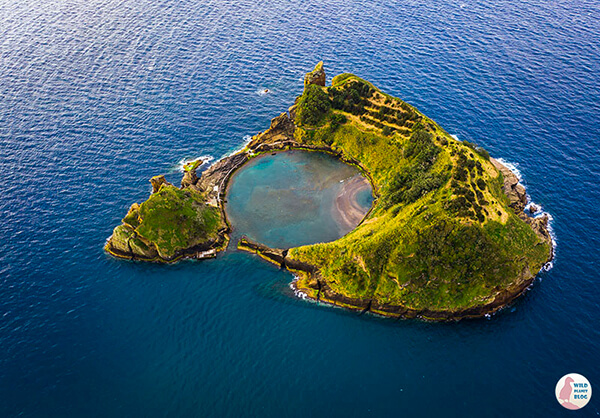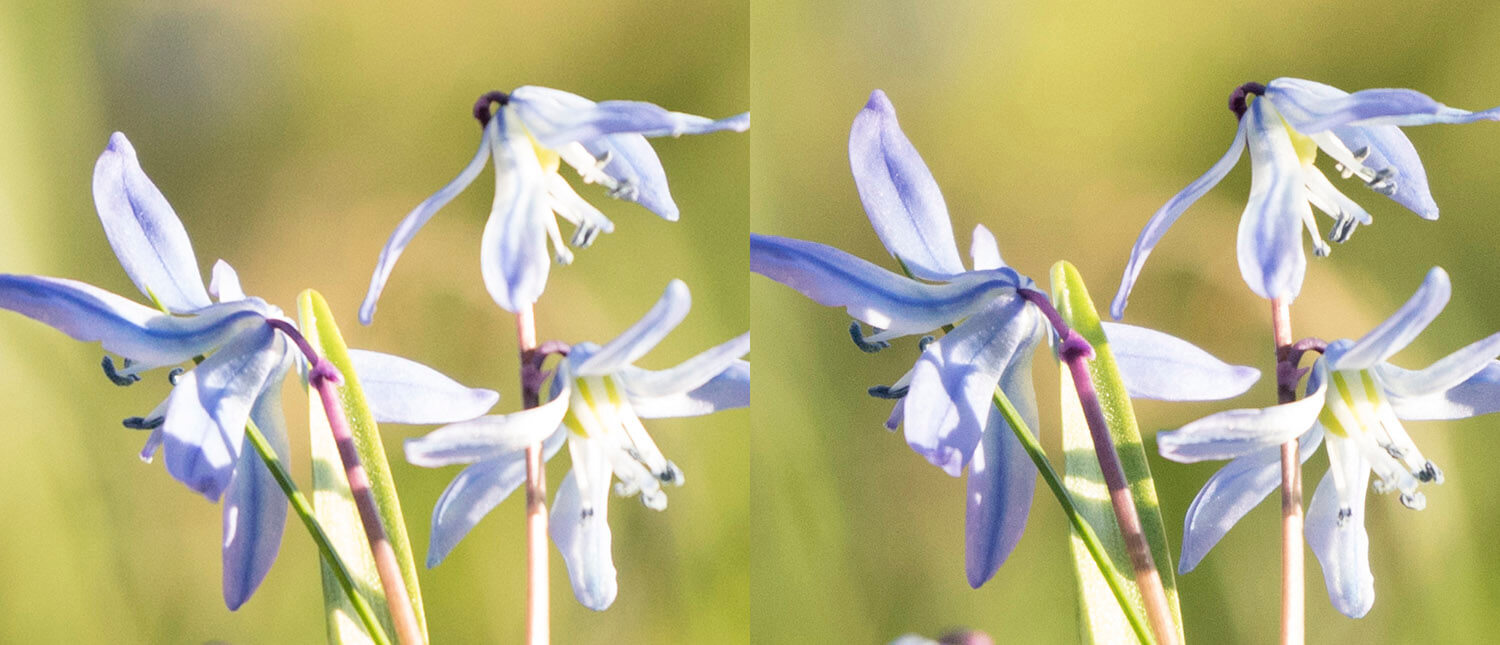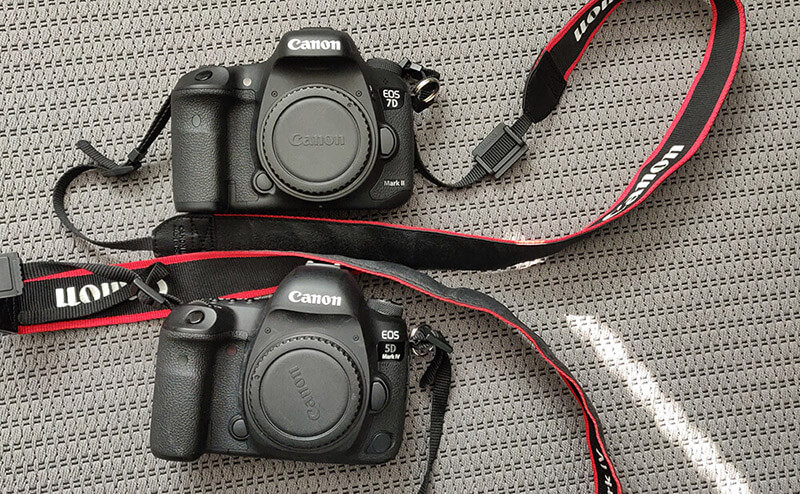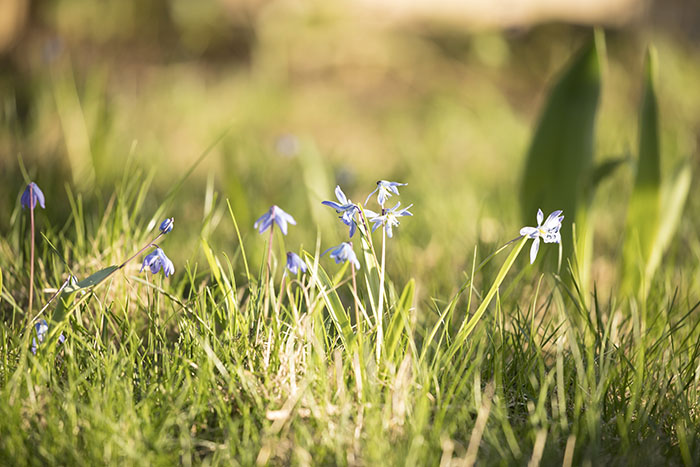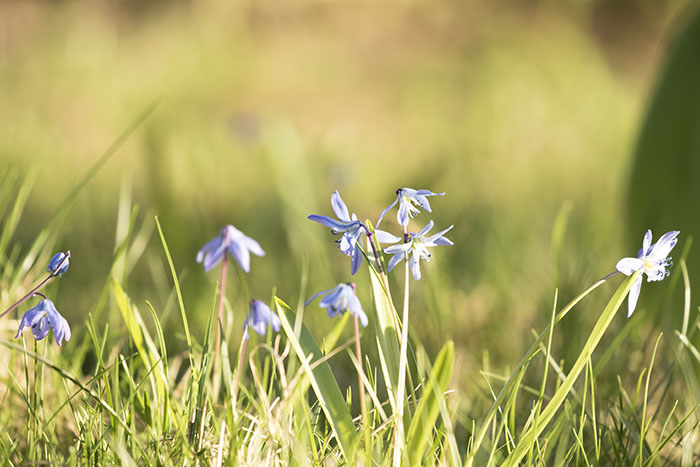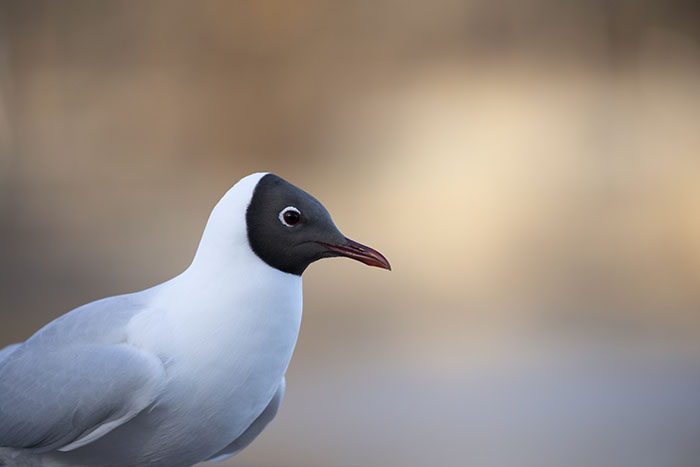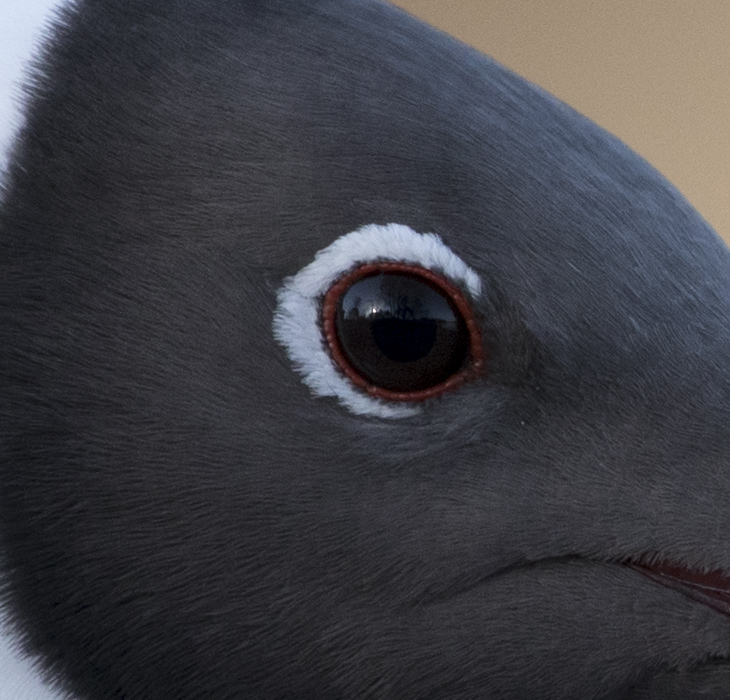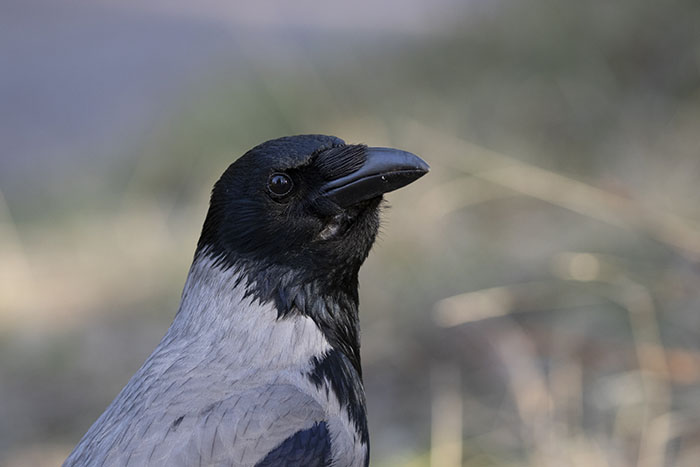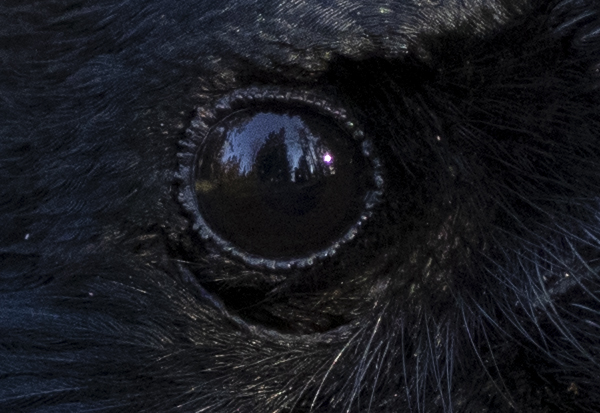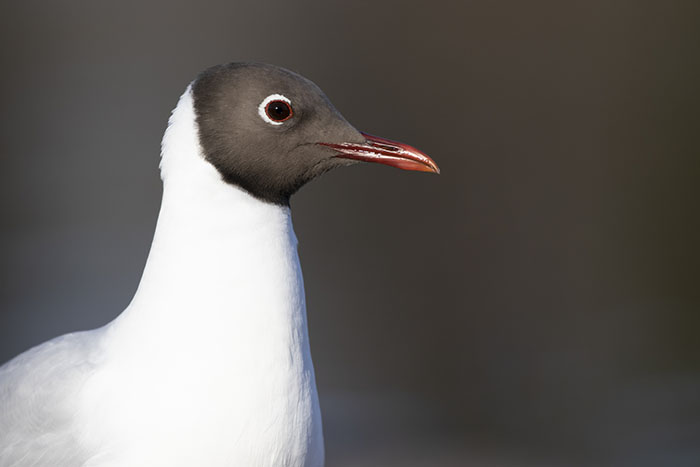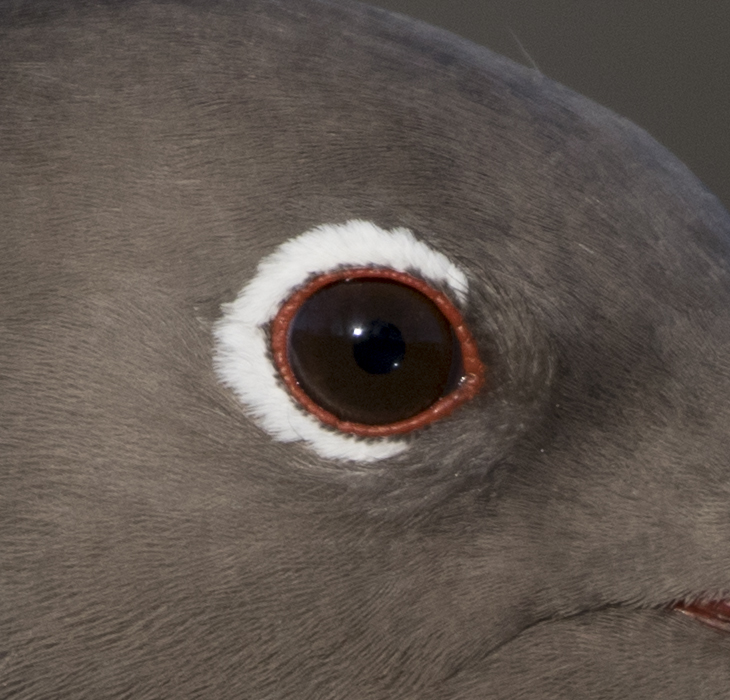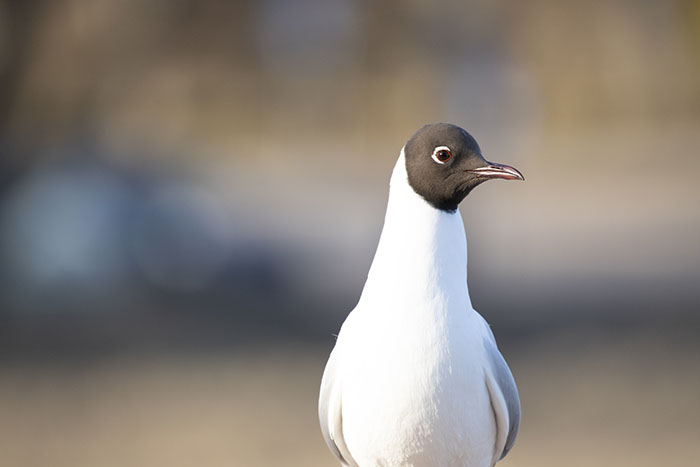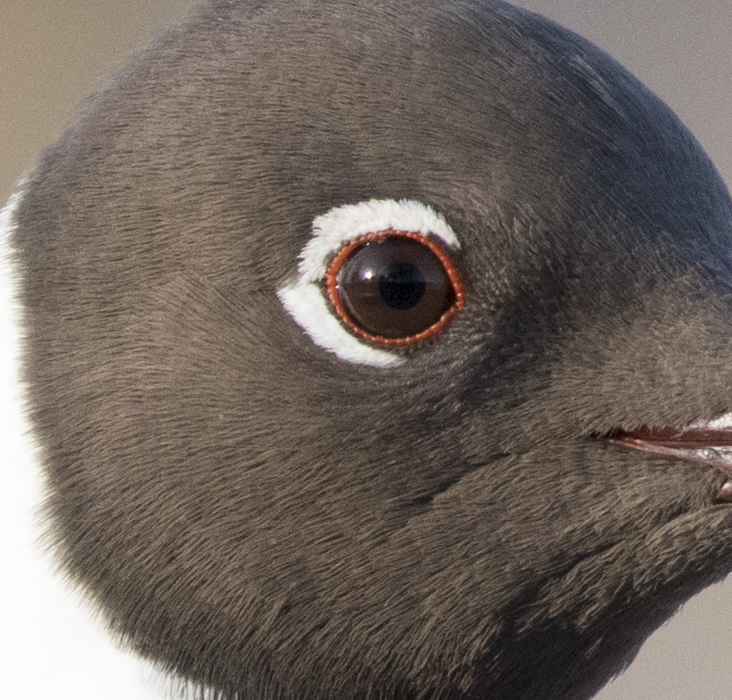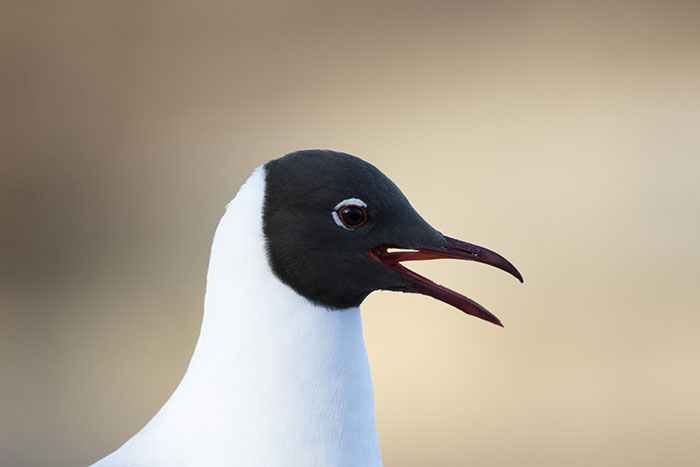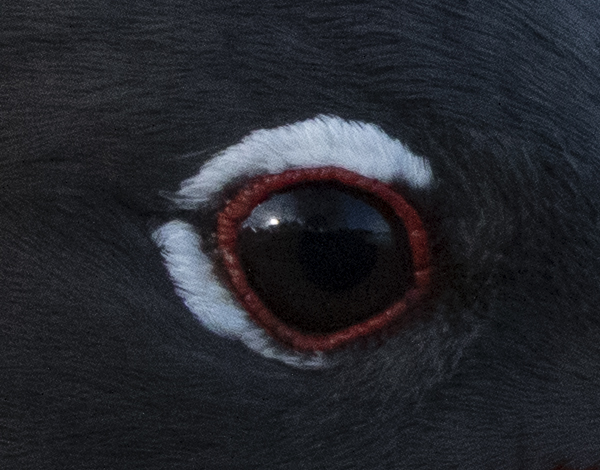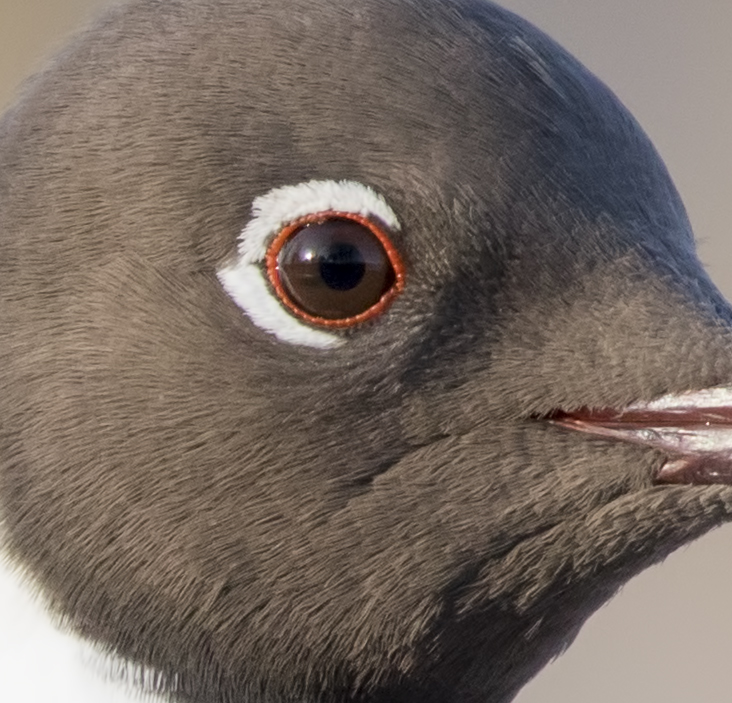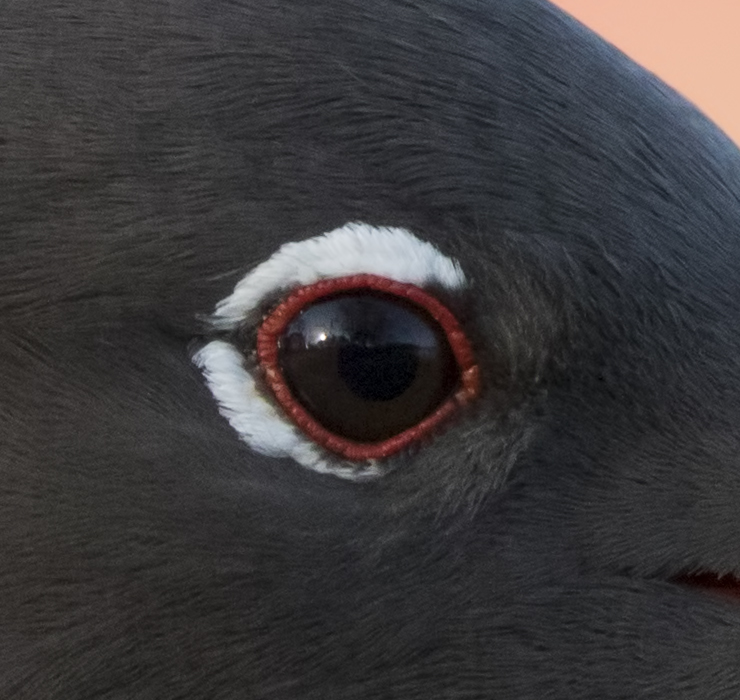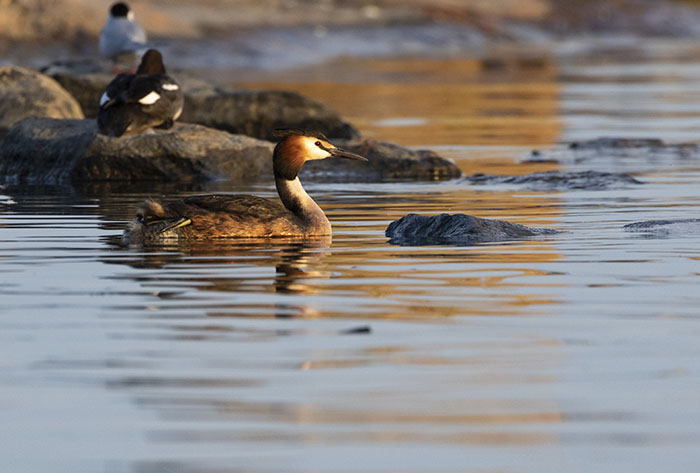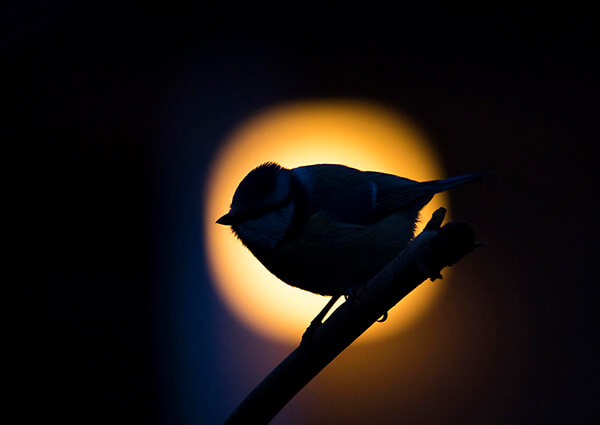I started my hobby with a Canon 80D and, for a rookie, this was a really great camera to start with. As I took more and more pictures I wanted to buy a better camera and after reading several reviews I was in a dilemma. Should I buy the crop sensor 7D Mark II, which apparently was one of the best cameras for wildlife (1DX is excluded from this conversation since it's already at another level) or should I buy the full frame 5D Mark IV with awesome image quality and good high ISO performance and double the price? At the time I decided to go with Canon 5D Mark IV, since I had already one crop sensor camera so I really wanted to try the full frame. After a few months I switched my Canon 80D and a few lenses I wasn't using and I purchased a 7D Mark II. Now I can make a proper comparison between the two and use real images to compare.
I hope you find this useful, because when I was searching, I couldn't find a real comparison that would provide images as well. In a sunny evening I decided to take some pictures of seagulls and see what kind of results I get with both cameras, with and without extender.
I will skip all the technical details, since you can find those anywhere and I am guessing if you read this blog, you probably know already (from a technical point of view) what is the difference between the two cameras.
From my experience so far, without a doubt, with high ISO, Canon 5D Mark IV is awesome. I took some pictures in really bad light with 12800 and after a bit of editing the images are perfectly usable! With my 80D I couldn't even dream of going over 2000 and, even then, the image quality was terrible. Of course, full frame Canon 5D Mark IV image quality is also superior compared to 7D, but I would like to compare the two cameras in normal photographing conditions with normal ISO. Canon 7D Mark II has 10 fps and and I am quite happy with it as well.
You can immediately see the difference between the crop sensor and the full frame and, mainly as a wildlife photographer, you get a bit disappointed when you see how far your subject is for the full frame camera . With the crop sensor you get more of your subject in the picture, but the image quality has to suffer. I am perfectly aware of this, but the question is how much do they really suffer? The images rendered by Canon 7D Mark II are 5472 x 3648 pixels in size and the images rendered by Canon 5D Mark IV are 6720 x 4480 pixels.
1. Canon EF 100-400mm f/4.5-5.6L IS II without extender
The images above were taken with the same lens mounted on a tripod in the same spot in my yard. Both images have the same settings and were focused on the same spot. To check if 7D Mark II really has more "reach" I cropped the 5D Mark IV image to the same field of view and then I enlarged the image to same size as the original 7D Mark II. The images don't differ much, but 5D Mark IV loses a bit of focus because of the enlargement and the noise looks just slightly more annoying on a 4K monitor. The conclusion I got out of this is that 7D Mark II HAS more "reach", even though it's not even close to 1.6x more as you might tend to think.
Open the Canon 5D Mark IV Original file
Open the Canon 7D Mark IV Original file
I also went to take a few pictures of birds in order to make a better comparison. The seagulls came really close to me, so here are some sample images for both cameras with 100% cropped images.
Below are samples of same ISO, so you can judge for yourself. 7D Mark II gets grainier at high ISO, that is just what you get with crop sensor, but as you can see from the second picture of the 7D Mark II, at ISO 200, 7D Mark II renders a pretty good picture!
Pictures were shot in RAW and just transformed into jpg in Adobe Photoshop, without any post processing (unless written otherwise). Check below the images links to the original files.
Check the download links for the original pictures below.
Open Canon 5D Mark IV 1/1000 sec. f/5.6 400mm ISO 800
Open Canon 7D Mark II, 1/250 sec. f/5 220 mm, ISO 800
Open Canon 7D Mark II, 1/1000 sec, f/5.6 400 mm, ISO 200
2. Canon EF 100-400mm f/4.5-5.6L IS II with Canon 1.4X III extender
Just recently I found out from one random comment on the internet that the way to put extender on is to mount it FIRST on the lens and then to the camera. Before reading this comment I didn't really care that much in which order I add the extender and I was wondering quite a lot why sometimes I get really terrible images, but other times quite good images. I went and test it out and it seems that it does matter. Here are some samples for both cameras with extender mounted. It's worth mentioning that at f/8 7D Mark II has auto-focus only for the center part (center cross-type AF point, or center surround), but 5D Mark IV has all 61 focus points available.
Check below the images links to the original files.
Check the download links for the original pictures below.
Open Canon 5D Mark IV, 1/1000 sec, f/8 560 mm, ISO 1600 with extender
Open Canon 7D Mark II, 1/1000 sec, f/8, 560mm ISO 1600 with extender
I think these are really great results for both cameras. Please note that ISO is 1600 and the images are still perfectly usable. For f/8 I think you will usually have to go to this kind of ISO, even in a sunny afternoon. After some post processing here is what you get:
My Conclusion
The cameras are quite difficult to compare, since each of them has its own advantage. Canon 5D Mark IV has the awesome image quality, really good auto-focus, good high ISO performance, but only 7 fps and for the same pixels your subject is further away. 7D Mark II is 2 times cheaper, not as good image quality, but at 10 fps it's very good for birds in flight and other action shots , provided the light is good. After almost one year of using both cameras, I have noticed that the Canon 7D Mark II focus is not that reliable when the subject is not close by and not easily distinguishable from the background. It happens quite often that with long necked birds (for example cranes) the focus is most of the times wrong. Also the picture might look focused, but when you zoom in 100% you find out that it's not very clear. This has never happened with Canon 5D Mark IV! I can always rely on my Canon 5D Mark IV to take a good, well focused, quality image!
To demonstrate a bit what I am talking about take a look at the image below. Looks good, doesn't it?
If you open the big file, you'll see the original version and if you zoom in at 100%, you'll probably notice that the image is not 100% clear. In this case I had my focus exactly on the grebe's head, I took a series of burst shots and this one is the best I got.
I am trying my best to avoid extenders, since the quality of the image reduces anyway. If I need to choose between Canon 5D Mark IV with extender and Canon 7D Mark II without extender, then I would definitely go for the 7D Mark II.
After 1 year of owning both cameras I find myself taking Canon 5D Mark IV everywhere I go and leaving Canon 7D Mark II at home. I am not saying that Canon 7D Mark II is not a good camera, it is, however if I have only one shot at some bird I know that my chances of getting a good one are much higher with Canon 5D Mark IV. I also do a lot more landscape photography nowadays, so Canon 7D Mark II is definitely a "no-no" for landscape photography. Also the more pictures you take, the more demanding you are and some things start to annoy you a lot (like more noise in the background, not fully clear image at 100% - which is quite big and probably no-one will even see the issue). Another thing is that you start participating to photo contents, so you want the chance to get the best possible image! With all of this said, if you are truly serious about photography, you will save a bit more and purchase a Canon 5D Mark IV. For instagram, facebook, websites and other things like this, Canon 7D Mark II will do just fine because no-one is going to notice the difference. Those images are small and compressed, so a lot of quality is lost anyway.
